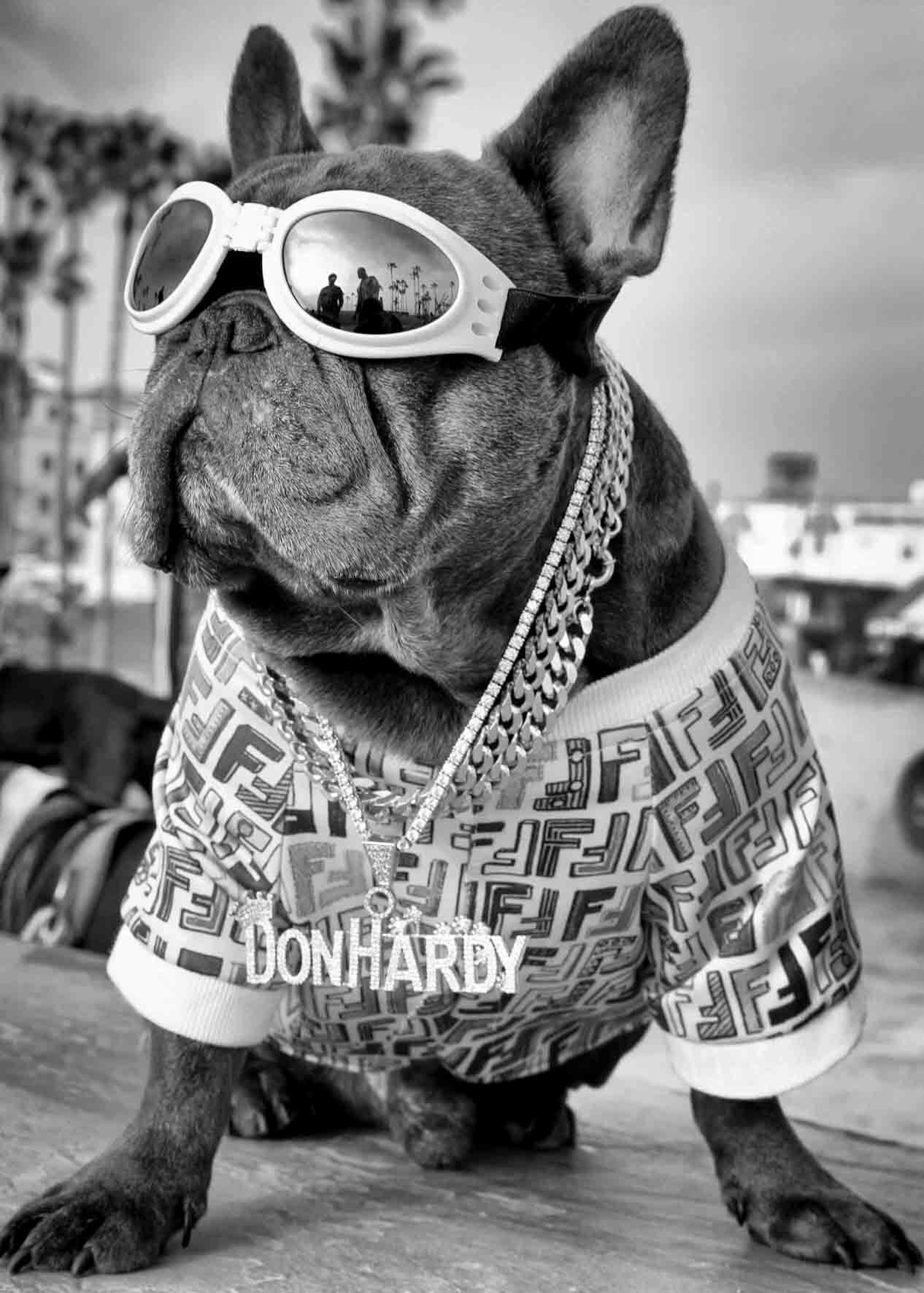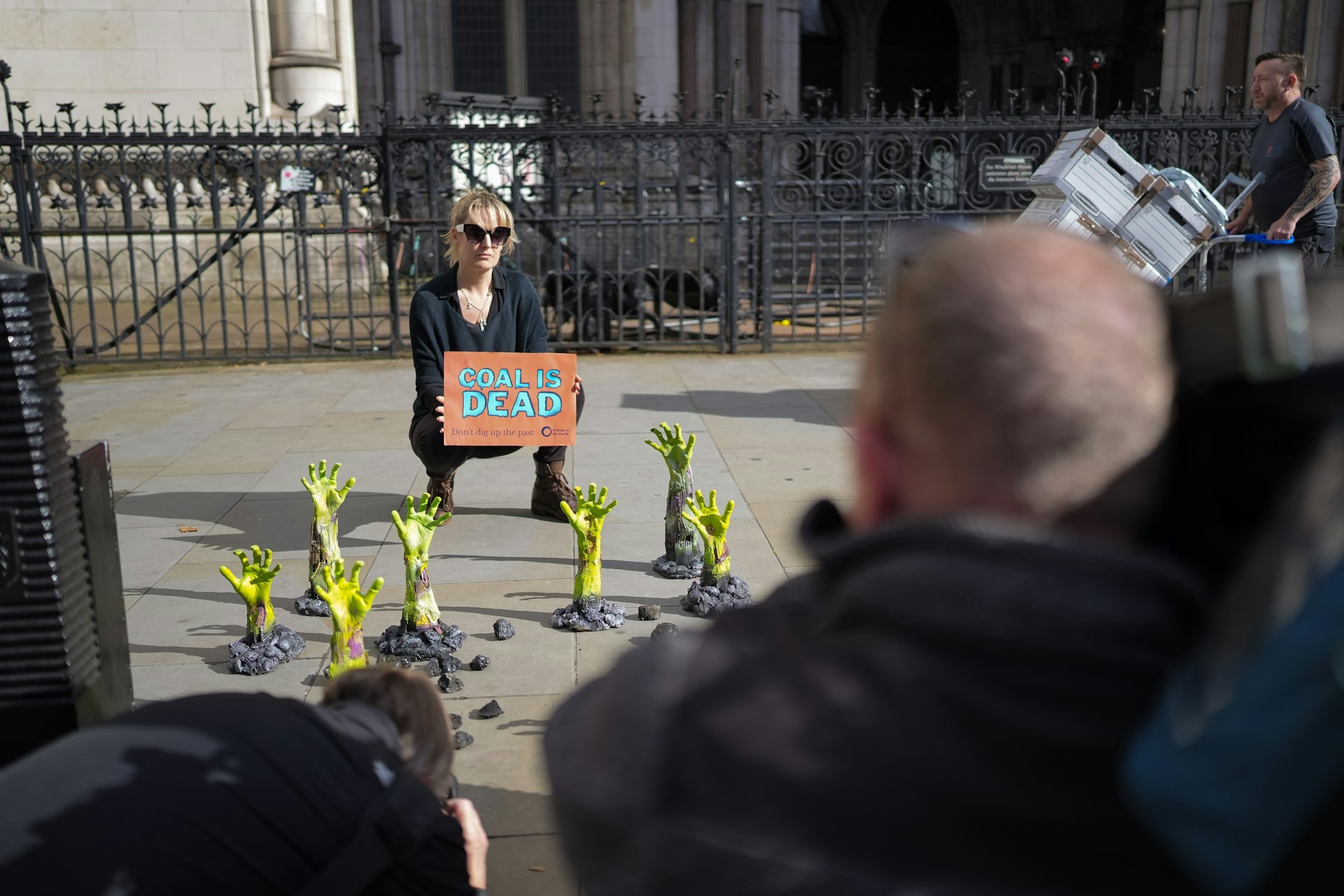A window into the lives of young Moroccan migrants stuck in legal limbo
- Text by Isaac Muk
- Photography by Felipe Romero Beltrán

In 2020, photographer Felipe Romero Beltrán was living in Spain when he was invited to attend a workshop for asylum seeking migrants in southern Seville. Alongside theatre and group workshops, Spanish language lessons and activities designed to help those attending integrate smoothly into local society and culture, Beltrán told his own story of migrating from Colombia a few years before, as well as his journey into making pictures with a socially engaged lens.
“I was born and raised in Bogotá,” Beltrán explains. “In the 90s, Colombia was going through a complex social situation, so from an early age my questions were directed to the social sphere. My interest in photography was born at that time, in a non-verbal attempt to get closer to reality.”
While there, Beltrán would gravitate towards a group of boys from Morocco, who he found to be interesting and engaged subjects. “I was telling my own migrant stories and taking pictures in the workshop,” he says. “So I started by taking pictures of them for their social media and family. Then, a friendship developed which led us to take more pictures and start making the series. The political layer was introduced more and more when I listened to their stories.”


That political angle stemmed from the boys holding Arraigo Social status. Having travelled to Spain via non-legal boats across the Strait of Gibraltar, the boys would be eligible to apply for legal residency in the country without a visa, after spending three years there without leaving.
Beltrán developed the project over the next few years, and the pictures are now presented in his recently published monograph Dialect. From lying awake in their bunk bed dormitories to giving each other fresh haircuts and sharing small loaves of bread, the photographs are a visual window into the slow-passing, dead time for the boys stuck in bureaucratic limbo.
On top of learning Spanish, the boys would also listen to and express themselves through music as a way of trying to integrate into the local culture and with others around them. “They tell their stories and desires through music,” Beltrán says. “Particularly though trap – this connects them with other people and starts to generate community. An example of this is the artist Morad [who is from a Moroccan background], who has been an inspiration to many of them.”
Their story, while a specific case, is hardly unique. Frontex statistics reported 330,000 irregular crossings at the EU border in 2022 – the highest number since 2016. The shots give an insight into challenges faced by migrants across Spain, Europe and beyond, particularly those arriving through non-legal routes who are often faced with often mountains of bureaucracy and red tape before being allowed to become legal citizens. Sometimes their obstacles are even greater. In the UK, migrants face the prospect of deportation to Rwanda.
“It is a waiting time,” says Beltrán. “It is the price to get the documents. I was very interested in the fact that nothing happened, that there was no epic-ness in this whole process. Just a group of guys, trying to figure out how to unravel this state-imposed complexity.”
Considering the tough situations they face, clear to see in the shots is the deep sense of resilience and collective spirit between the boys, with their tight-knit relationships and support for each other impressing upon Beltrán.
“They were a united group and I liked very much the trust and friendship among them,” he recalls. “There is a spirit of collaboration that keeps them together [as] they try to overcome bureaucratic obstacles.”
Dialect by Felipe Romero Beltrán is published by Loose Joints.
Follow Isaac on Twitter.
Enjoyed this article? Follow Huck on Twitter and Instagram.
Latest on Huck

Autism cannot be cured — stop trying
A questionable study into the ‘reversal’ of autism does nothing but reinforce damaging stereotypes and harm, argues autistic author Jodie Hare.
Written by: Jodie Hare

Bristol Photo Festival returns for second edition
After the success of it’s inaugural run, the festival returns this autumn with exhibitions, education and community programmes exploring a world in constant motion through still image.
Written by: Ben Smoke

Documenting the life of a New York gang leader paralysed by gun violence
New photobook ‘Say Less’ is a complex yet humanising look into a life wrecked by gun violence and organised crime.
Written by: Isaac Muk

The woman who defined 80s Hip Hop photography
A new exhibition brings together Janette Beckman’s visionary and boundary pushing images of an era of cultural change and moral panic.
Written by: Miss Rosen

In photos: the dogs of Dogtown
A new photobook documents Venice Beach’s four legged friends and their colourful cast of owners.
Written by: Isaac Muk

Inside the battle to stop coal
As the legal challenge against Britain’s first deep coal mine in 30 years reaches the High court, we talk to activists at the centre of the fight to stop it.
Written by: Ben Smoke











